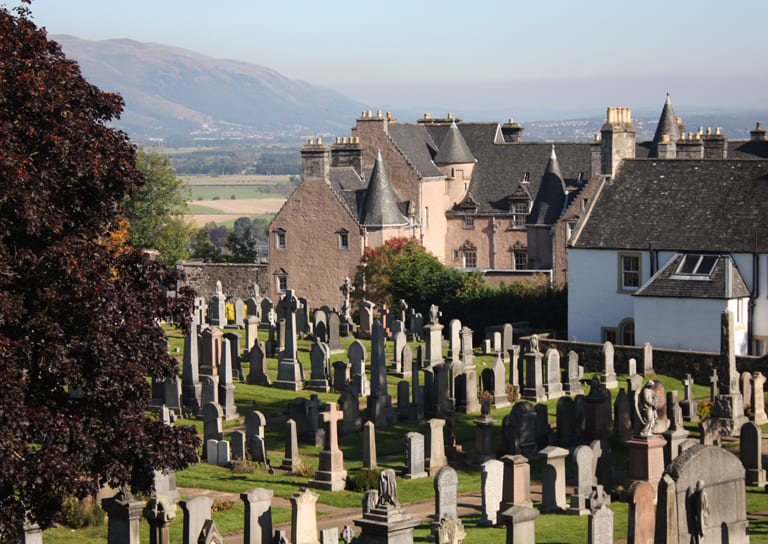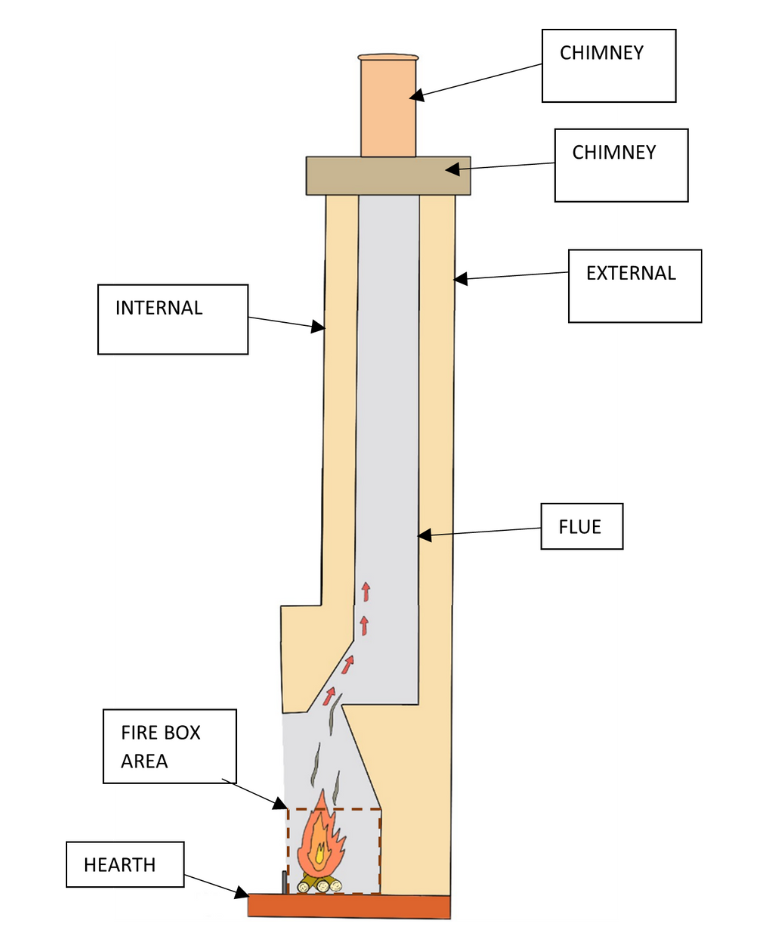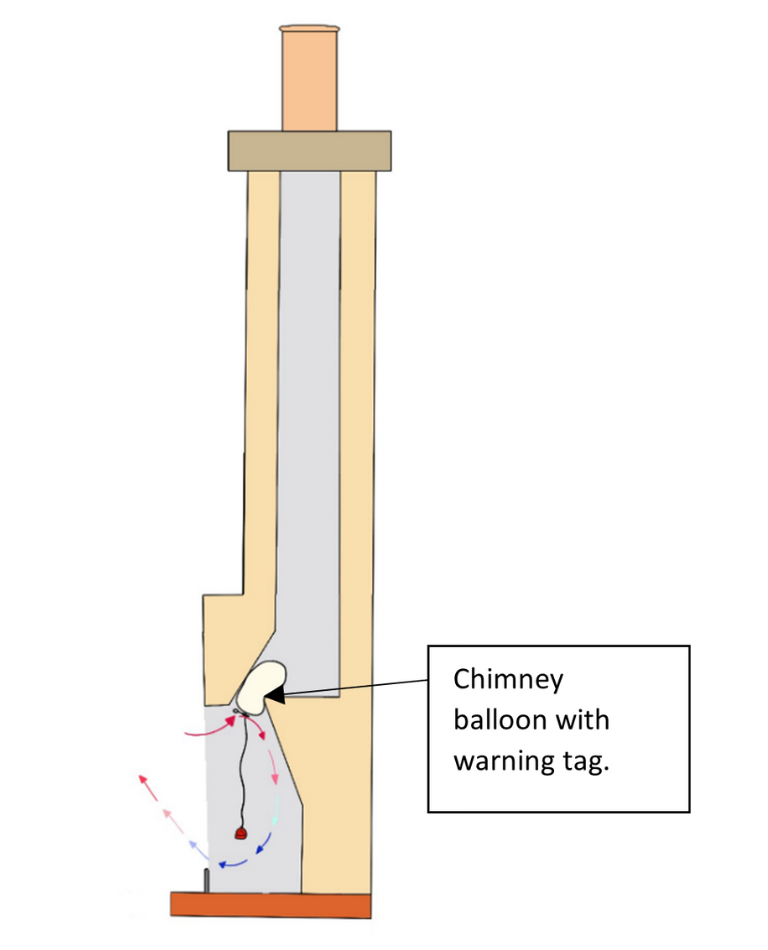- Home
- Our Work

- Stirling's Story

- Blog
- Beechwood House and the Transatlantic Slave Trade

- New Retrofit Service now available for Traditional Buildings Health Check Members

- Retrofitting Traditional Buildings: Chimneys

- SCHT 20: Championing Women in Construction
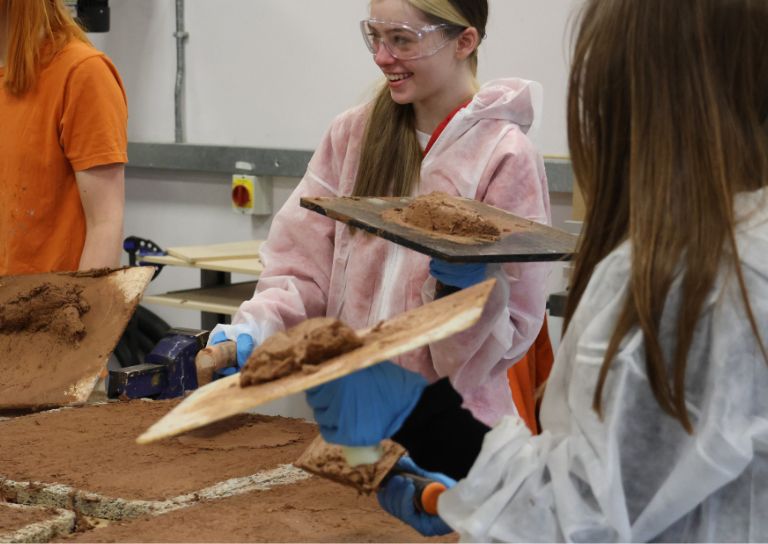
- Stirling's Lost Swimming Pools
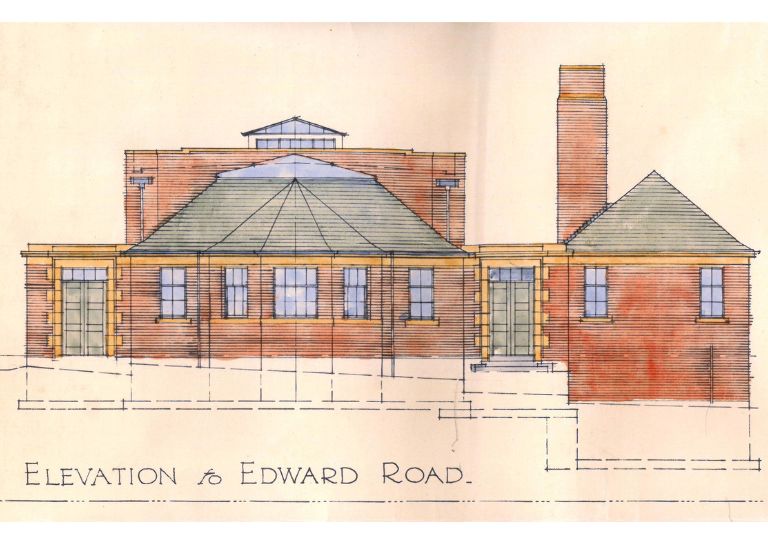
- Women in Construction at Bannockburn House
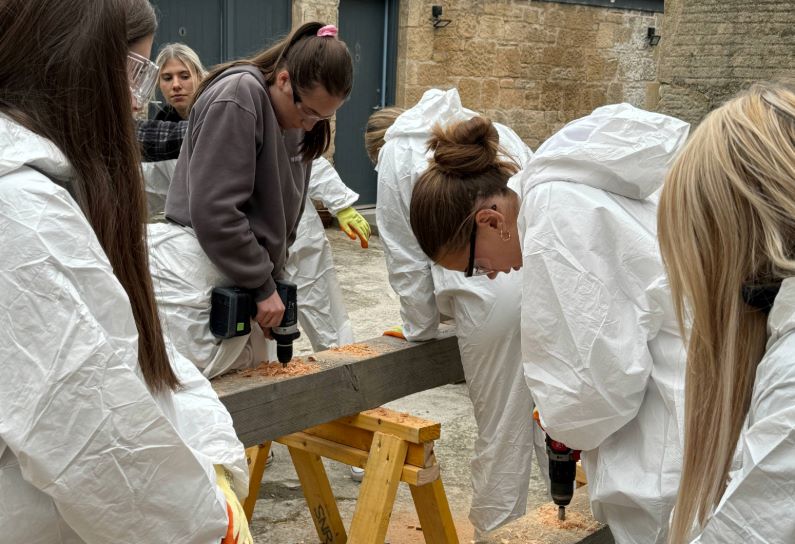
- Avenues to the Past: Stirling’s Historic Streets Exhibition

- Retrofitting Traditional Buildings

- Retrofitting Traditional Buildings: Windows

- Statement on Langgarth House

- Guest Blog: Dementia Friendly Heritage Interpretation

- SCHT Grant Conditions: Owners Associations
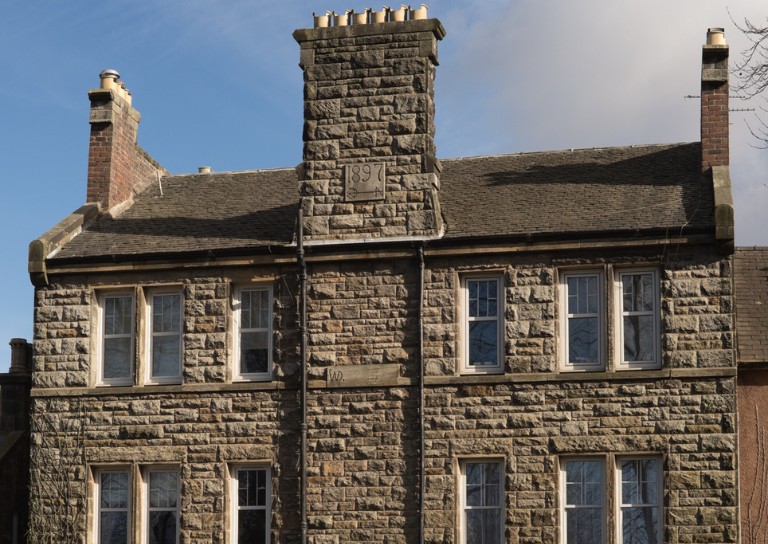
- Stirling Business Awards 2025

- What is a Conservation Area
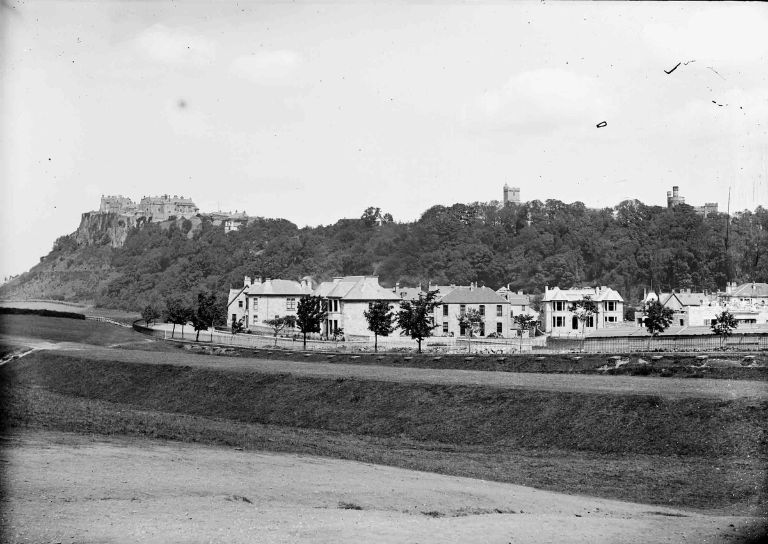
- 20 Great Buildings of Stirling

- Building Resilience: Maintaining Traditional Buildings

- Architects and The Thistle Property Trust

- World Heritage Day: Exploring Hayford Mill

- Community Consultation launched for Stirling’s Heritage Strategy

- SVE Inspire Awards September 2024
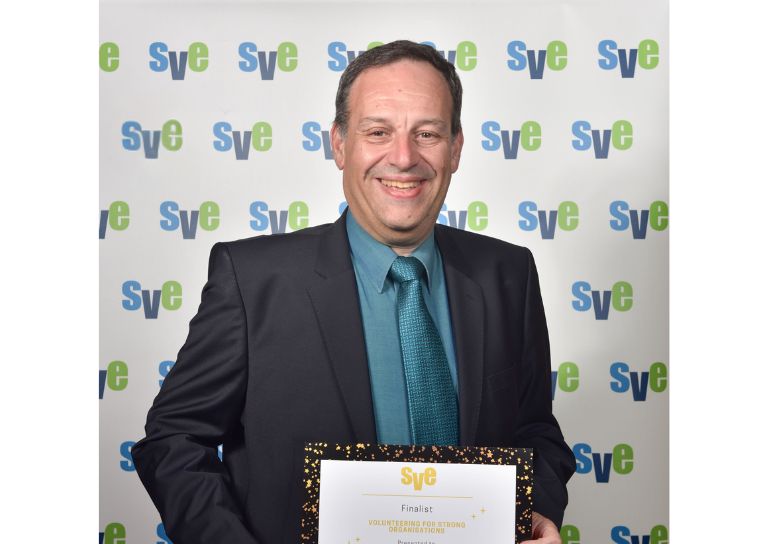
- Reminiscence Art Project

- On the European Stage: Preserving by Maintaining conference, Bratislava

- The Abolition Movement in Stirling

- Shopping Arcades

- Retrofitting Traditional Buildings: Insulation

- Retrofitting Traditional Buildings: Climatic Adaptation
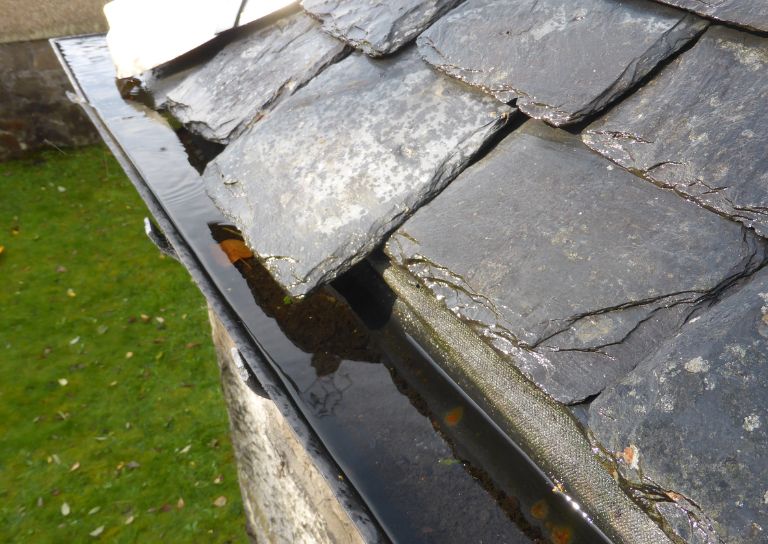
- Kings, Wolves and Drones: 20 years of care and repair at Stirling City Heritage Trust

- Practical Workshop on Retrofitting Insulation with A. Proctor Group
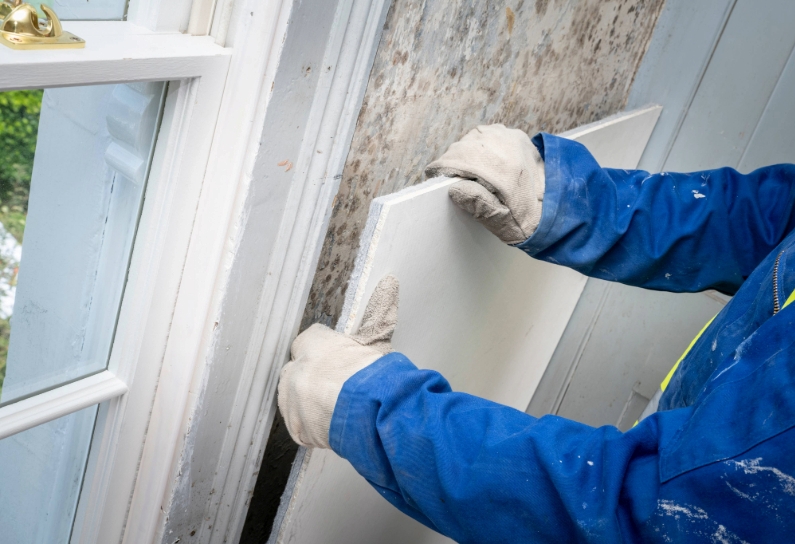
- Marking the 80th anniversary of VE Day
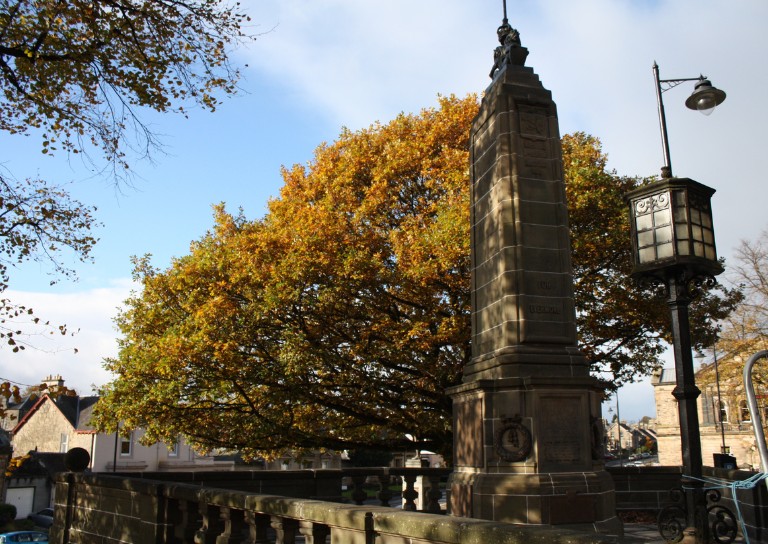
- Walker Family Visit

- Retrofitting Traditional Buildings: Fabric First

- Supporting traditional building repair in Stirling
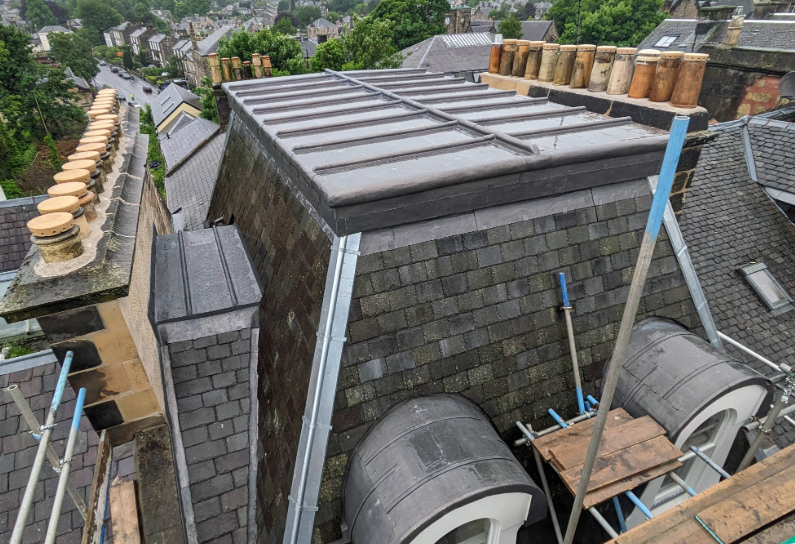
- Stirling's Historic Jails
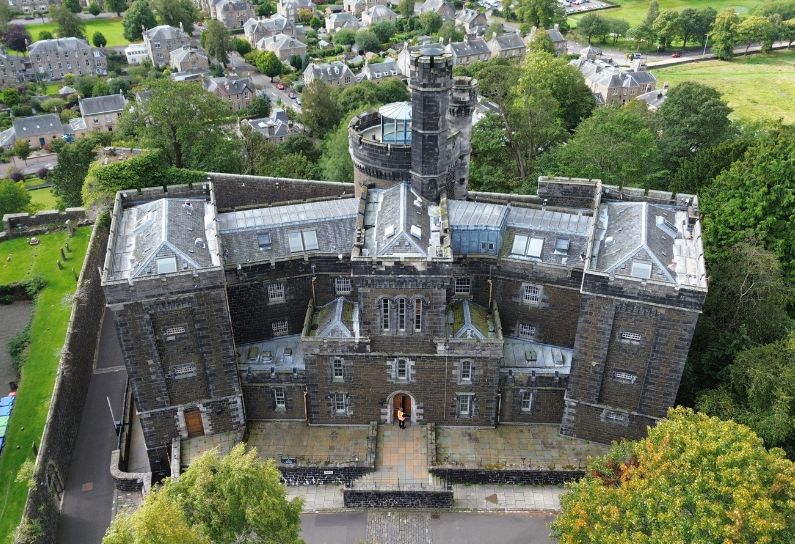
- Ghost Tales from Stirling

- Stirling Reminiscence Box

- Stirling City Heritage Trust at 20

- Retrofit Event: Meet the Suppliers

- Snowdon House and The West Indies

- Miss Curror and the Thistle Property Trust

- Dr Lindsay Lennie retires from Stirling City Heritage Trust
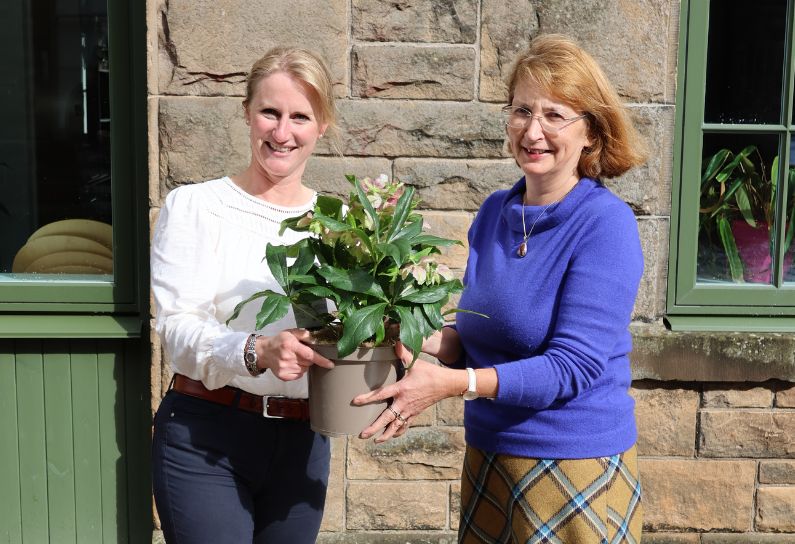
- Stirling’s Streetscape Stories: Photography Workshop

- Level 3 Award in Energy Efficiency for Older and Traditional Buildings Retrofit Course (2 Day)

- Stirlingshire’s Highland Games

- Creative careers in the heritage sector

- Postcards From Stirling

- Stirling’s Gala Days

- Building Surveying Student Intern at Stirling City Heritage Trust

- Heritage Trail: Stirling Walks

- Local History Resources

- Stirling Through the Decades

- Stirling’s STEM Pioneers

- Traditional Skills: Signwriting

- Christian MacLagan, a pioneering lady, but born too soon?

- Traditional Shopfronts in Stirling

- Stirling History Books for World Book Day

- My Favourite John Allan Building by Joe Hall

- My Favourite John Allan Building by Lindsay Lennie

- My Favourite John Allan Building by Andy McEwan

- My Favourite John Allan Building by Pam McNicol

- Celebrating John Allan: A Man of Original Ideas

- The Tale of the Stirling Wolf

- Stirling: city of culture

- Christmases Past in Stirling

- Stirling’s Historic Graveyards

- Top 10 Tips for Architectural Photography

- An Interview with David Galletly

- Springtime in Stirling

- The Kings Knot – a history

- A Future in Traditional Skills

- Robert Burns’ First Trip to Stirling

- Stirling’s Witches

- Stirling’s Ancient Wells

- An architecture student’s take on the City Of Stirling

- Ronald Walker: Stirling’s Architect

- Stirling’s Statues

- Stirling’s Wee Bungalow Shops

- Stirling’s Historic Hospitals

- Women in Digital Innovation and Construction

- Heritage at home: 8 of the best online heritage resources

- Stirling featured at virtual heritage conference

- Five of Stirling’s greatest John Allan buildings

- Women in Construction – Stirling event report

- Scotland’s trailblazing women architects

- Stirling’s Heritage: Spotlight on The Granary

- TBHC Scheme now open to properties in Dunblane and Blairlogie

- How drones help us inspect traditional buildings

- Hazardous Masonry & Masonry Falls

- Mason Bees: What’s the Buzz?

- Stirling Traditional Skills Demonstration Day Success!

- Floating Head Sculpture at Garden Glasgow Festival 1988

- The story behind Paisley Abbey’s Alien gargoyle

- Cambuskenneth Abbey

- Stirling City Heritage Trust Publications

- Sharing Memories: Taking '20 Great Buildings of Stirling' into the community

- William Wallace Statues In Stirling

- Coronations and Royal Christenings in Stirling

- The development of King's Park

- Energy efficiency project awarded grant from Shared Prosperity Fund

- Inspiring the Future: Stirling City Heritage Trust's Women in Construction Event at Wallace High

- Doors Open Days Talk: Who Built Stirling?

- 10 Years of the Traditional Buildings Health Check

- Growing up in Stirling: A Night of Reminiscence at The Smith

- SCHT visit to Brucefield Estate, Forestmill, Clackmannanshire

- Statement on Christie Clock

- Stirling’s Lost Skating Heritage

- Laurelhill House and the West Indies

- Beechwood House and the Transatlantic Slave Trade
- About Us

- Support Us

- Contact

Retrofitting Traditional Buildings: Chimneys

Many traditional Scottish buildings feature chimneys. Chimneys were developed as an effective means of drawing the products of combustion away from the fireplace to the external environment. The main parts of a chimney include the hearth, firebox, flue, cope, and pots:
- The hearth is the floor of the fireplace, which is normally formed of stone or brick and projects into the room where the fireplace is located.
- The firebox refers to the area surrounding the fire, where fuel is burned.
- The chimney flue is the vertical shaft which runs from the firebox up to the top of the chimney, through which the products of combustion pass.
- The cope is a flat structure formed of slabs or stone, which sits atop the head of the flue. The cope has a larger area than the flue beneath and incorporates drips at its edges. This detail protects the flue from water ingress by shedding water away from the flue.
- The chimney pots are hollow structures which allow smoke and other products of combustion to pass through them to the external environment. Chimney pots raise the overall chimney height, increasing the chimney’s updraught.
To ensure traditional buildings can operate efficiently, it is important that chimneys are kept in good condition and that any problems are identified and resolved quickly. The installation of specific retrofit measures to chimneys can increase the overall energy efficiency of a property.
Retrofit Solutions for Chimneys
Chimney Cowls
Chimney cowls are a capping device which can be installed on top of a chimney pot. A chimney cowl provides protection to the pot below and prevents rainwater from entering the chimney structure. Chimney cowls are commonly formed from clay or aluminium, with many modern chimney cowls being ventilated to ensure air can still circulate within the flue, preventing a buildup of damp, stale air. The installation of a chimney cowl can also boost the energy efficiency of a building, as they help to improve the airflow through the chimney, causing fuel to burn more efficiently and at higher temperatures. The type of cowl you require will depend on whether the connected flue is still in use.
Chimney Balloons
Retrofit solutions can be used to minimise chimney draughts whilst still maintaining adequate ventilation. One solution is a chimney balloon, an inflatable sack inserted into the chimney flue from the fireplace, then inflated once in position. When inflated the device is shaped to create a small gap which maintains ventilation of the flue. Inflation of the device effectively seals the flue, minimising heat loss. Chimney balloon devices are easily reversible, as they are held in place through friction. There are also solid chimney blocking devices, which work in much the same way as chimney balloons. Whilst effective, chimney balloons or other similar devices must be removed prior to using the chimney.
Flue Linings
Over time, the gases created through burning fuel can cause flue masonry to degrade, which may eventually result in significant damage to the chimney. Damaged chimney flues may negatively affect the energy efficiency of a building as worn flue masonry will fail to retain heat as effectively. Flue linings will not improve the condition of a chimney’s masonry, so a chimney which is in poor condition may need repaired or even rebuilt, before a flue lining can be installed. If masonry requires replacement, you should also consider the embodied energy of replacement sections. To prolong the lifespan of chimney structures and improve their energy efficiency, a retrofit flue lining may be a suitable solution. A flue lining is applied to the inner surface of the flue which prevents harmful gases from attacking the masonry. Flue linings can be poured, tiled or metallic. Whilst flue linings will require professional installation and can be costly, the benefits to the building may be substantial.
Fireplace Draught Excluders
When not in operation, open flues may contribute to draughts within buildings and could be a significant source of air leakage. To minimise the negative impact of chimney flues on energy efficiency, the installation of a high-quality fireplace draught excluder may be beneficial. Fireplace draught excluders are made from a highly insulative material and consist of a square or rectangular section which can be fitted over the fireplace opening when not in use. Certain proprietary fireplace draught excluders incorporate magnetic strips to ensure draught excluders remain securely in position when fitted. When properly installed, fireplace draught excluders can significantly reduce the volume of warm air escaping from a property, boosting its energy efficiency noticeably.
Read our other Retrofit Blogs
- Retrofitting Traditional Buildings
- Retrofitting Traditional Buildings: Fabric First
- Retrofitting Traditional Buildings: Windows
- Retrofitting Traditional Buildings: Insulation
Further Information
More information relating to chimneys in traditional buildings, commonly encountered issues and solutions can be found at the following links:
- Historic Environment Scotland - Inform Guide: Domestic Chimneys and Flues
- Historic Environment Scotland - Inform Guide: Ventilation in Traditional Houses
Retrofit Blogs
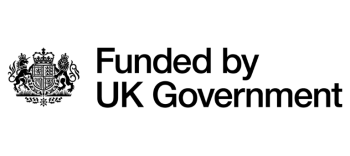
UK Shared Prosperity Fund
The UK Shared Prosperity Fund is a central pillar of the UK government’s Levelling Up agenda and provides £2.6 billion of funding for local investment by March 2025. The Fund aims to improve pride in place and increase life chances across the UK investing in communities and place, supporting local business, and people and skills. For more information, visit https://www.gov.uk/government/publications/uk-shared-prosperity-fund-prospectus









